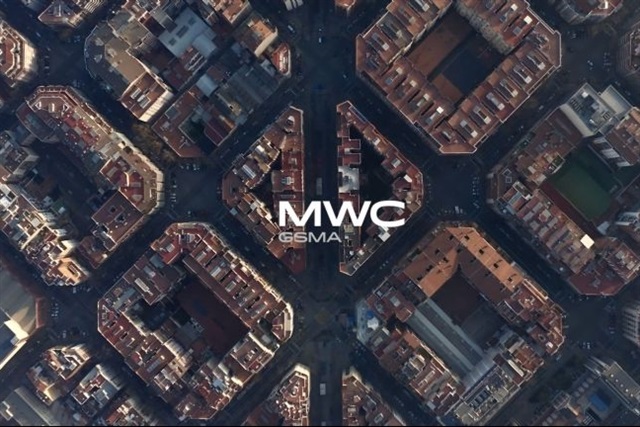AI, 5G, and 6G will be key themes at the 2024 Mobile World Congress (MWC) Barcelona as key suppliers to the telecommunications industry take place in Barcelona, Spain. In particular, MediaTek, Huawei, and Qualcomm will use generative AI and his 6G technology for pre-MWC Barcelona 2024 demonstrations.
At the event, Taiwanese chip design giant MediaTek will showcase its first on-device Generative AI video dissemination powered by its flagship 5G mobile processor Dimensity 9300. According to MediaTek, the Dimensity 9300 incorporates the world’s first hardware-based Generative AI engine, and the chipmaker announced at MWC 2024 that it has a stable text-to-image diffusion engine known as SDXL Turbo, video diffusion generation, and We will be showcasing Low Rank Adaptation (LoRA) Fusion built into the NeuroPilot AI platform.
At the same time, the company plans a live demonstration of its 5G-Advanced New Radio Non-Terrestrial Network (NR-NTN) satellite test chip with a data throughput of over 100Mbps. The MediaTek chip, which supports low earth orbit (LEO) satellite connectivity over Ku-band, is designed for a wide range of terminals, especially for automotive applications. Additionally, MediaTek has suggested that it will be the world’s first to demonstrate its pre-6G satellite broadband user experience by emulating a flyby of a LEO satellite.
On February 25, Huawei also hosted the “5G Beyond Growth Summit” as a precursor to MWC Barcelona 2024. During the summit, Huawei’s Corporate Senior Vice President Li Peng said that 5G has already gained 1.5 billion users in five years since its commercialization in 2019. In comparison, 4G took him nine years to reach the same level of adoption. With 20% of the world’s mobile subscribers using 5G and accounting for 40% of global mobile service revenue, Mr. Lee said 5.5G will begin commercial use in 2024; He said that the convergence of AI and the cloud will enable carriers to utilize new applications.
During MWC Barcelona 2024, Huawei will launch 5G-Advanced (5G-A) products and solutions. According to Huawei, 5G-A will not replace 5G, but will serve to fill the gap in 5G capabilities in certain application scenarios before 6G commercialization.
Similarly, Qualcomm believes the generative AI revolution is here and believes connectivity is key to extending generative AI across cloud and edge applications. In this context, Qualcomm will demonstrate what it calls “the world’s first Giga MIMO antenna prototype” designed to operate in the 13 GHz band.
As Qualcomm observed, the industry is exploring the potential use of new upper-midband spectrum (ranging from 7 to 24 GHz) in response to the high capacity demands of the 6G era, and the feasibility of upper-midband spectrum A gender investigation has recently begun. 5G Advanced Release 19 is expected to continue until the end of the 2010s. Against this background, his Giga-MIMO, with its denser antenna arrays and more complex baseband and RF designs, is seen as a viable technology by Qualcomm.


